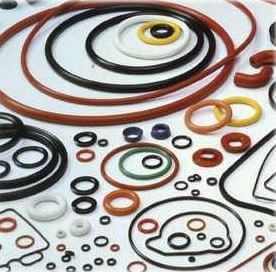
Swimming Pool O-rings are used all over pool equipment. Pumps, Filters, Heaters, Valves, Chlorinators, Skimmers, Cleaners….all use small rubber rings in their manufacture. A vital piece of equipment, if it fails, your whole system could shut down. To find an o-ring for your pool equipment, start in our parts department, and find your make/model of equipment, view the schematic diagram, and locate your replacement pool o-rings.
The US patent for the O-ring was filed in 1937 by a 72-year-old Danish-born machinist, Niels Christensen. Despite his legal efforts, his intellectual property rights were passed from company to company until they ended up at Westinghouse. During World War II, the US government commandeered the O-ring patent as a critical war-related item and gave the right to manufacture to other organizations. Christensen got a lump sum payment of $75,000 for his efforts. Litigation resulted in a $100,000 payment to his heirs in 1971, 19 years after his death.
O-rings are one of the most common and important parts in almost every moving machine or part. O-rings are available in a large number of standard sizes and material. Swimming pool pump and filter o-rings are typically made with EPDM rubber, while chlorinator o-rings are usually made of a Fluorocarbon, Viton or FKM. Some cheaper types are made with a Nitrile rubber, used in Buna-N type o-rings.
O-rings are one of the most popular seals used in pool equipment because they are inexpensive and easy to make, reliable, and have simple mounting requirements. They can seal many thousands of pounds of pressure. Successful o-ring joint design requires a rigid mechanical mounting that applies a predictable deformation to the o-ring. This introduces a calculated mechanical stress at the o-ring contacting surfaces. As long as the pressure of the fluid being contained doesn’t exceed the contact stress of the o-ring, leaking cannot occur.
A swimming pool O-ring is a loop of elastomer with a round (o-shaped) cross-section used as a mechanical seal. They are designed to be seated in a groove and compressed during assembly between two or more parts, creating a seal at the interface. Each o-ring will have a specific diameter, and a specific thickness. Usual pool o-ring thicknesses are measured in inches. 1/16″, 1/8″, 3/16″ are common sizes, but some larger filters use 1/2″ diameter.
Did you know that you can make your own o-rings in a pinch? If you can find the same thickness of what they call “cord”, you can use a straight razor blade to cut a larger o-ring into a smaller one, making a super glue joint to join the two straight cut ends. Easy!
For the love of o-rings… Keep them lubricated with a silicone lubricant like Magic Lube, or Jack’s Magic. If they get too dry, they will crack and no longer make a good seal. Don’t use Vaseline, or other petroleum jelly – this will destroy an EPDM o-ring over time. To find an o-ring for your pool equipment, start in our parts department, and find your make/model of equipment, view the schematic diagram, and locate your replacement pool o-rings.

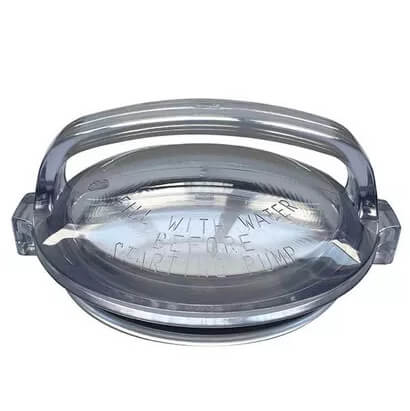
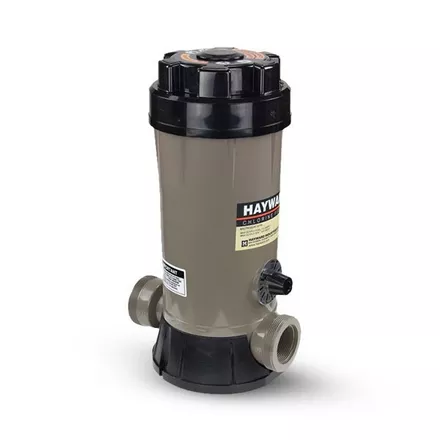
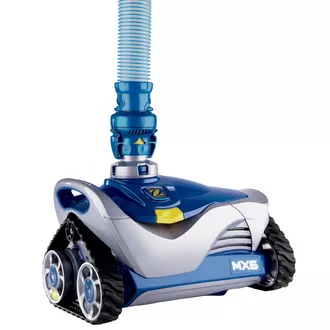
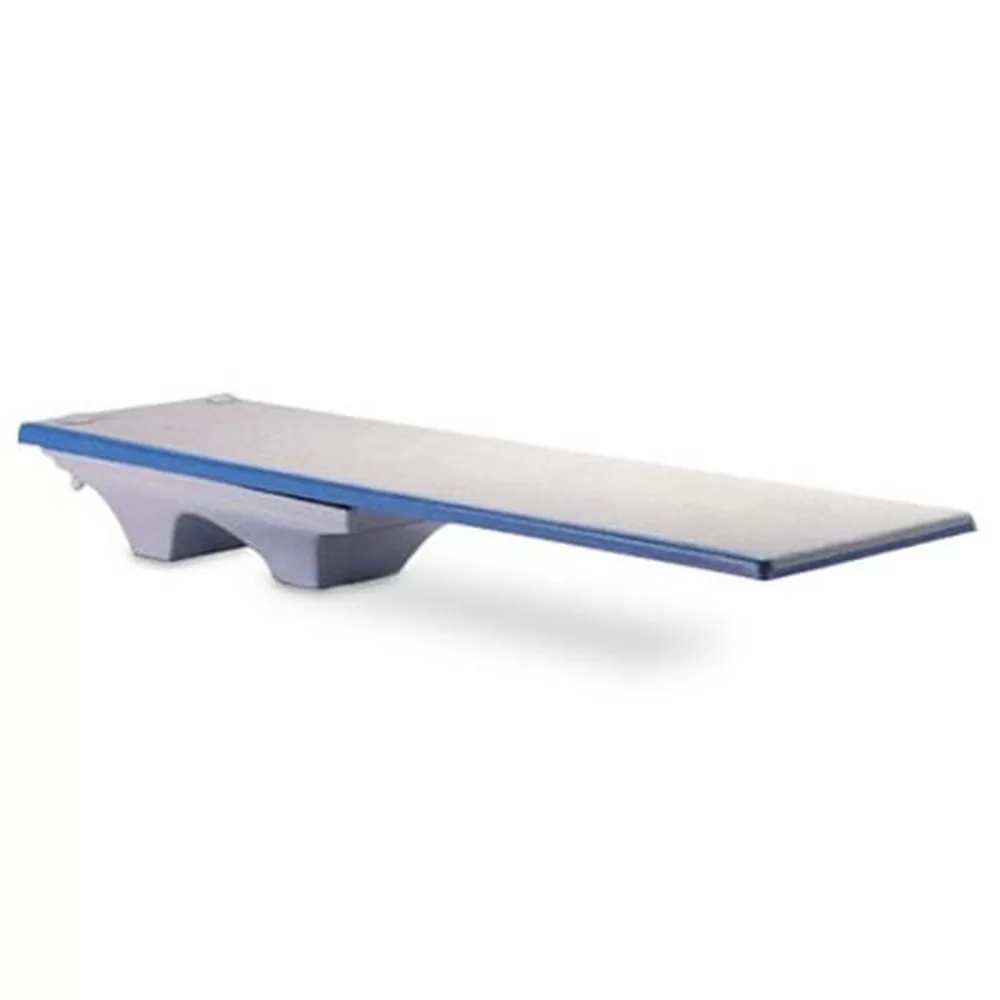


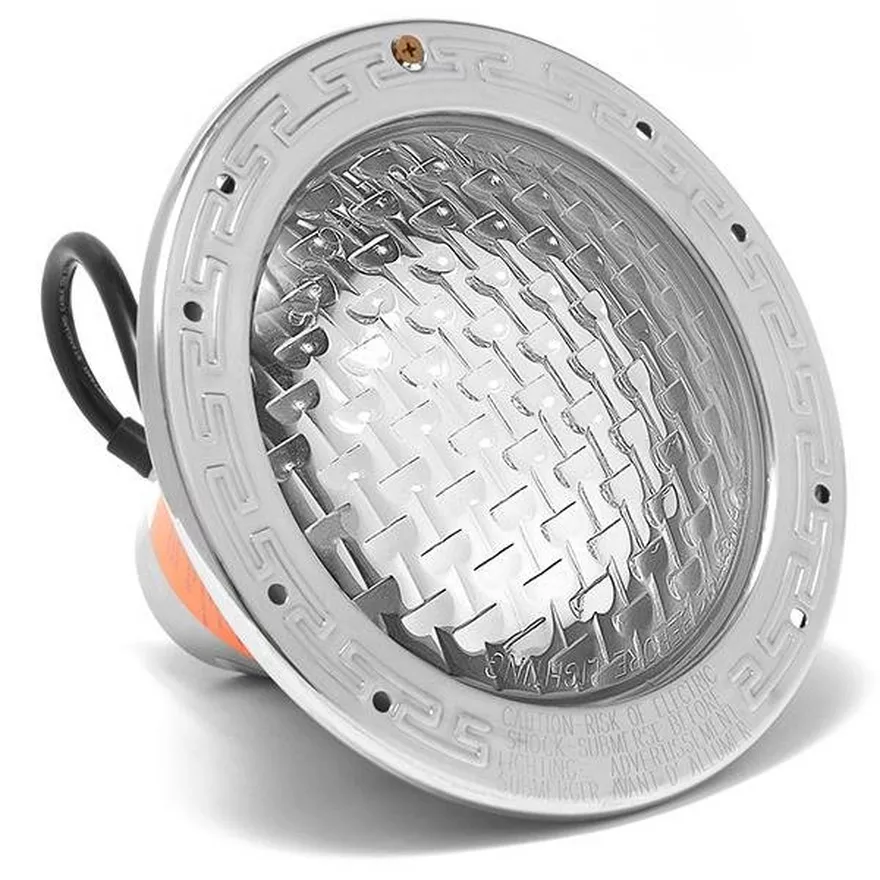

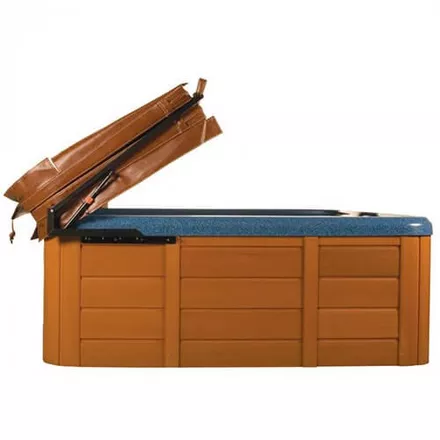
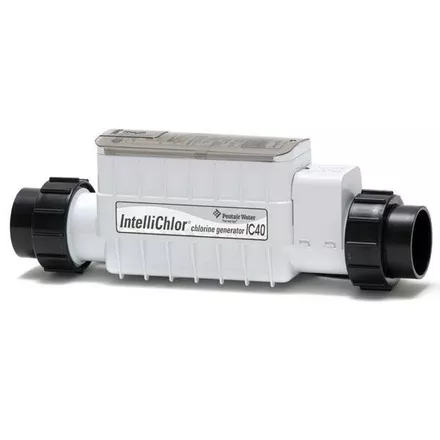

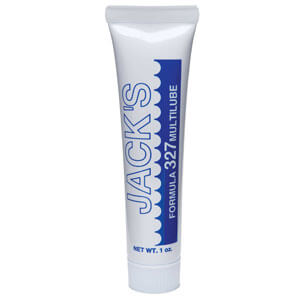
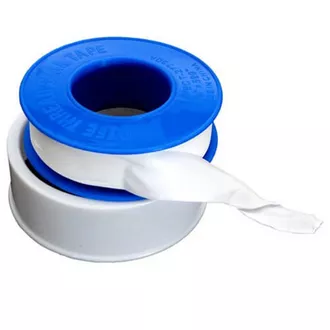
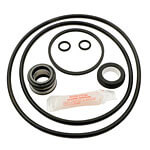

I need o rings . The lids are marked C3 1391 and C3 185P. I have ordered from you guys for 20 years but want some O rings for backup.
Hi Randy, for the C3 1391, use the U9-229 o-ring, aka O-218 generic. For the C3 185P, use U9-375, aka O-12.